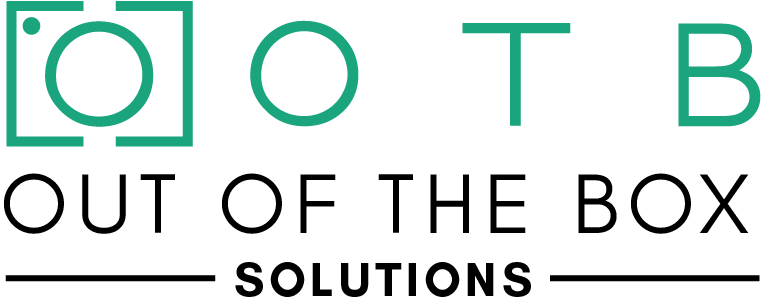What are all these onboarding forms? Understanding I-9s and pay rate notices.
When you hire a new person for a shoot, there is a bunch of onboarding paperwork that must be filled out accurately and submitted by particular deadlines. In addition to the more familiar W-4, there are several onboarding forms that must be completed correctly to ensure that employer and employee are entering a compliant working relationship. Failing to complete these forms correctly can leave an employer vulnerable to expensive fines and legal penalties.
Although it can be a cumbersome process to fill out and manage onboarding paperwork (particularly when juggling the tight timelines of production!), doing it right benefits both the employer and the employee. OOTB recognizes that production responsibilities and schedules make it challenging for producers to oversee onboarding paperwork, so our account managers handle the entire process for every new employee.
QUICK LINKS:
THE I-9 FORM
The I-9 form verifies an employee’s identity and their eligibility to work in the United States. Section 1 of the form must be filled out completely and accurately by the employee no later than the first day of employment and not before accepting a job offer. The employer, or assigned representative must complete and sign Section 2 within 3 business days of the employee’s first day of employment. To complete this section, the employer must physically examine certain documents that verify the employee’s identity and eligibility to work.
Employers that fail to verify an employee’s identity and employment authorization with a correctly filled out I-9 form are in violation of federal law and can face both civil and criminal repercussions, as well as large penalties. Employers are also liable for errors in the completion of the form.
Common I-9 Errors:
Not having a properly trained I-9 verifier on set can lead to form errors and incomplete documents.
When improper verification documents are brought to set, it can be challenging for a producer/photographer to get the correct documents after the fact. This puts the hiring entity in a position of liability.
Each document must be recorded and the form completed in a specific way that adheres to federal guidelines. Not having this knowledge on set can lead to form errors.
OOTB completes all I-9 verification before the employee arrives on set, ensuring that the entire process is handled correctly and compliantly. OOTB’s I-9 verification process is fully remote and overseen by OOTB Account Managers. Our process ensures that our clients maintain compliance with all US Citizenship and Immigration Services guidelines.
THE PAY RATE NOTICE / WAGE THEFT FORM
California’s Wage Theft Protection Act requires that all employers provide each employee with a written notice that contains specific information BEFORE their first day of work. This notice must be provided at the time of hire and contain the following information:
The rate or rates of pay and whether it is paid by the hour, day, etc., as well as any rates for applicable overtime.
Allowances, if any, claimed as part of the minimum wage (e.g. meal or lodging allowances).
Regular payday designated by the employer.
Name of the employer, including any DBA (“doing business as”) names used by the employer.
Physical address of the employer’s main office.
Telephone number of the employer.
Name, address, and telephone number of the employer’s workers’ compensation carrier.
Employers must notify the employee in writing of any changes to this information within 7 calendar days of the change (unless the change is listed on the employee’s pay stub for the following pay period).
Employers who fail to provide accurate Pay Rate Notices are subject to civil penalties of $100 for each aggrieved employee per pay period for initial violations and $200 for each aggrieved employee per pay period for each subsequent violation. It is also important to have current and accurate notices on hand in case of audit by the Labor Commissioner.
Common Pay Rate Notice / Wage Theft Form Errors:
Not including clear overtime notices that include both the multiplier and overtime rate. This can be difficult to determine for employees with fluctuating rates of pay.
Confusion about how to complete the Paid Sick Leave section.
Not providing the notice before an employee’s first day of work. In production, individuals are often hired at the last minute and this important step is accidentally skipped.
OOTB manages the complex calculations that are necessary to convert the day rates that are expected by the creative production industry into compliant hourly rates.
CA overtime begins after 8 hours in a day and 40 hours in a week.
Day rates in CA can cover no more than 8 hours in a day.
Industry-standard 10-hour days require special consideration to ensure that hourly rates are set correctly.
Mispaying individuals can mean hefty penalties and fines that can snowball into a much larger than anticipated bill at the end of the day.
STAYING COMPLIANT WHEN ONBOARDING
These are just two of the onboarding forms required when you are compliantly engaging personnel for W-2 compensation. Ensuring that all onboarding forms are completed properly and in the correct time frames is essential to protect both the employer and the employee. OOTB’s onboarding process puts all of these details under the wise eyes and efficient management of our Account Manager so we can make sure that all parties (clients, employees, and OOTB) are protected!

